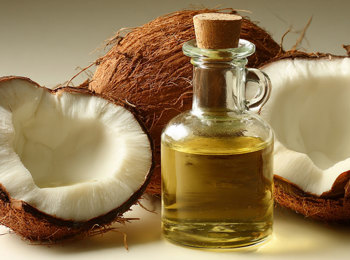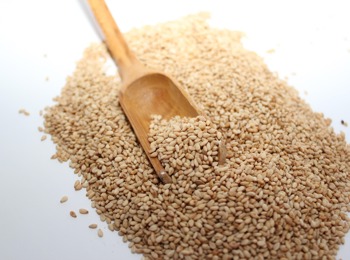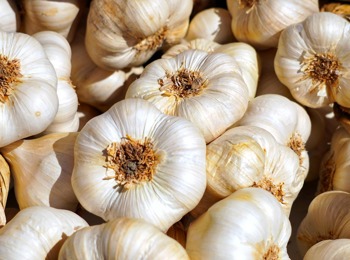Content hub
From application notes to blogs, news items to infographics, we've got a wealth of advice about VOC and SVOC analysis that we'd like to share with you. Simply use the search function or use the drop-down selectors to filter by content type, sampling method and/or application area to discover more.

Application note
Explore
Identifying olive oil quality markers by HiSorb and GC–MS with ChromCompare+ data-mining
Application Note 294

Application note
Explore
Enhanced detection of adulterants in coconut oil with HiSorb high-capacity sorptive extraction and Smart Subtract
Application Note 293

Application note
Explore
Detection of ethylene oxide in medical equipment by headspace–trap with multi-step enrichment and GC–MS
Application Note 292

Application note
Explore
A straightforward method for the analysis of PAHs in water by high-capacity sorptive extraction and TD–GC–MS
Application Note 291

Application note
Explore
Detection of residual ethylene oxide and epichlorohydrin in foodstuffs using automated multi-step enrichment–headspace–trap with GC–MS/MS
Application Note 290

Application note
Explore
Enhancing SPME analysis of foods and beverages with cryogen-free trap focusing
Application Note 289

Application note
Explore
Monitoring volatile gases released during PFAS destruction in accordance with US EPA OTM-50
Application Note 177

Application note
Explore
Examining flavour profiles of tea and coffee using automated sorptive extraction and advanced chemometric data-mining for GC–MS analysis – An approach for exploring food sample variability
Application Note 288

Application note
Explore
Measurement of ethylene oxide with other air toxics from fugitive and area sources
Application Note 176

Application note
Explore
PFAS emissions from food contact materials
Application Note 168

Application note
Explore
Optimising automated GC–MS analysis of fragranced and aromatic products to improve product differentiation
Application Note 287

Application note
Explore
Fast, highly sensitive extraction of cheese volatiles using milder sampling conditions with vacuum-assisted SPME–trap and multi-step enrichment
Application Note 286

Application note
Explore
Highly sensitive determination of trace-level chlorophenols and common odorants in drinking and environmental waters
Application Note 285

Application note
Explore
Detection of ozone-depleting substances and halogenated GHGs in industrial zones with a cryogen-free preconcentration–GC–MS system
Application Note 175

Application note
Explore
Room temperature and sensitive analysis of haloanisoles in wine using Vacuum-assisted headspace SPME with GC/ECD
Application Note 174

Application note
Explore
Technical assistance for passive monitoring of ambient air using an extended list of POD sampling rates
Application Note 172

Application note
Explore
Measurement of PFAS in indoor air and investigation of source materials
Application Note 167

Application note
Explore
Automated, high-sensitivity analysis of residual fumigants for food safety testing by multi-step enrichment–headspace–trap (MSE–HS–trap) with GC–MS
Application Note 284




